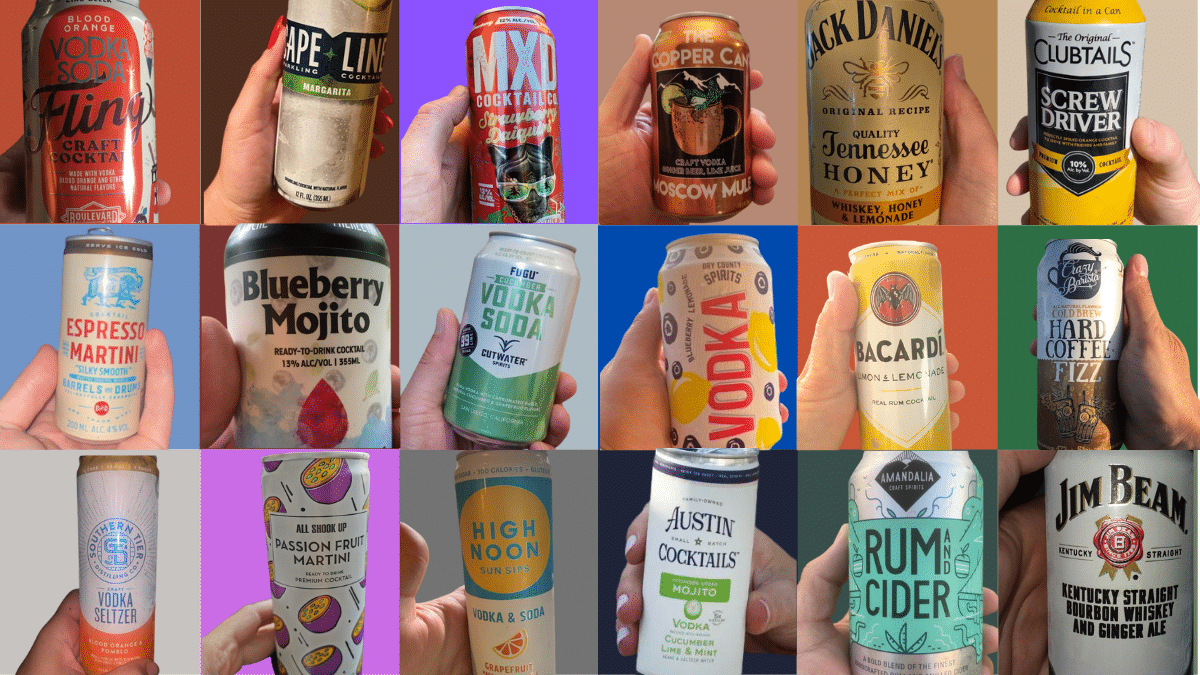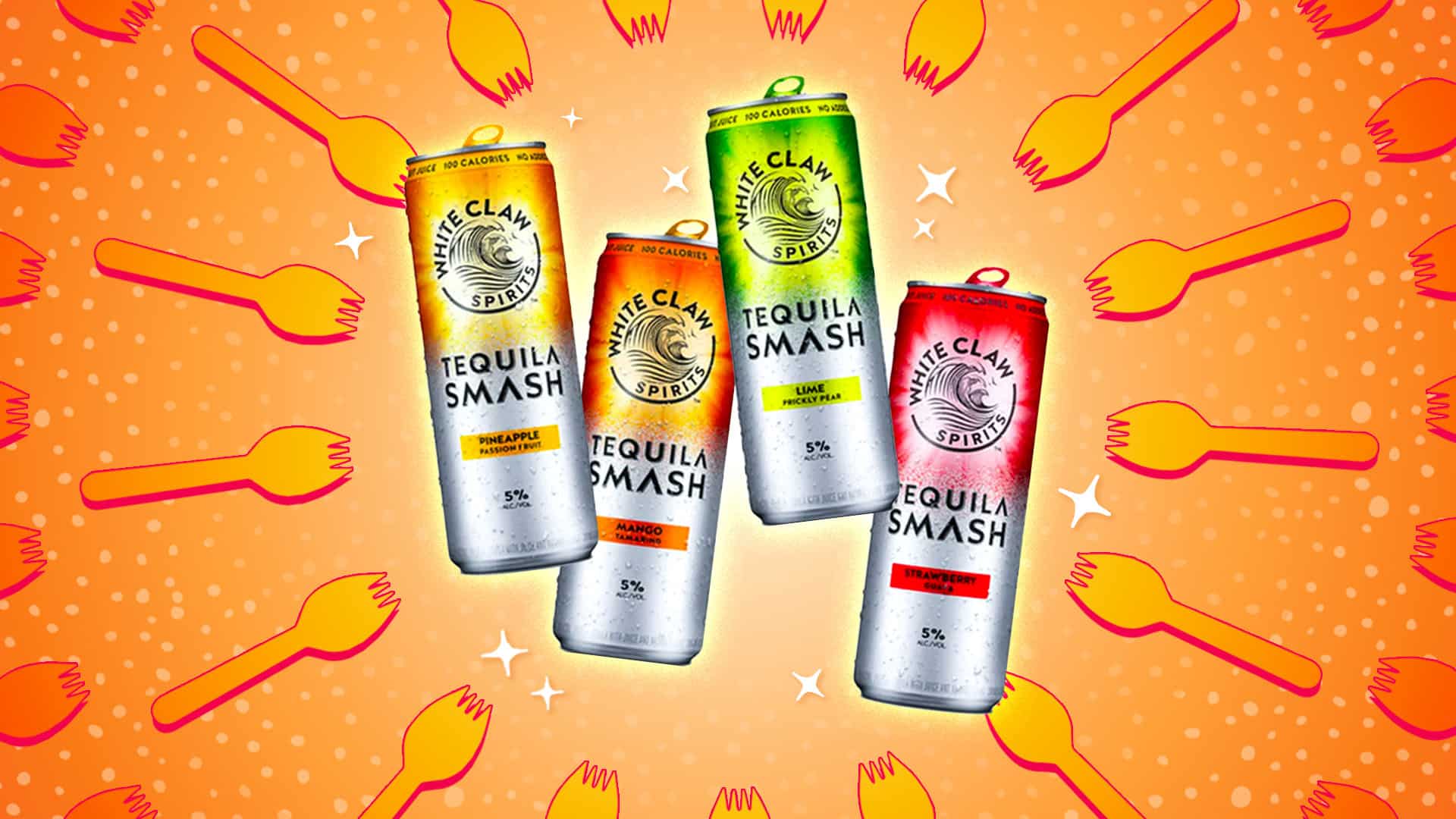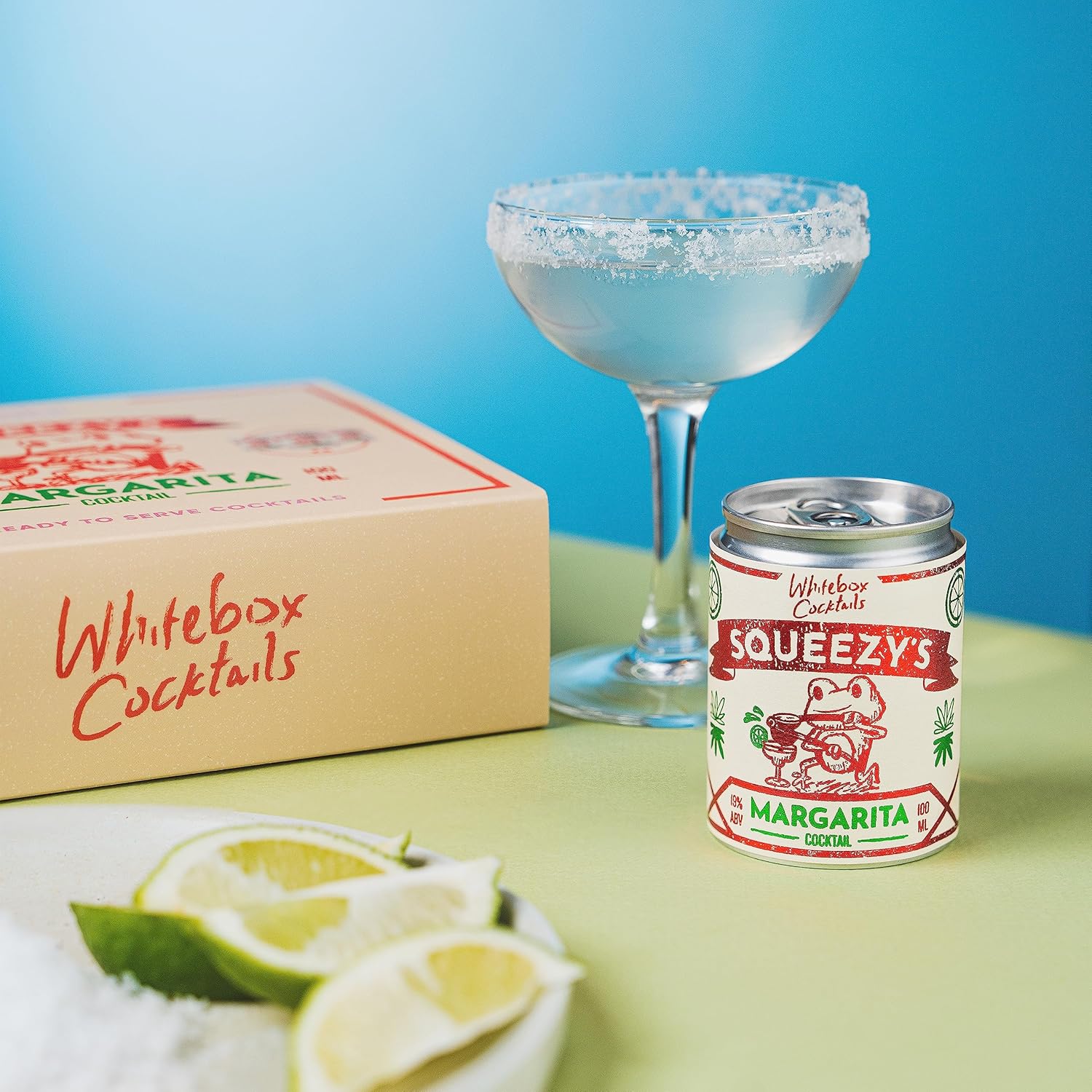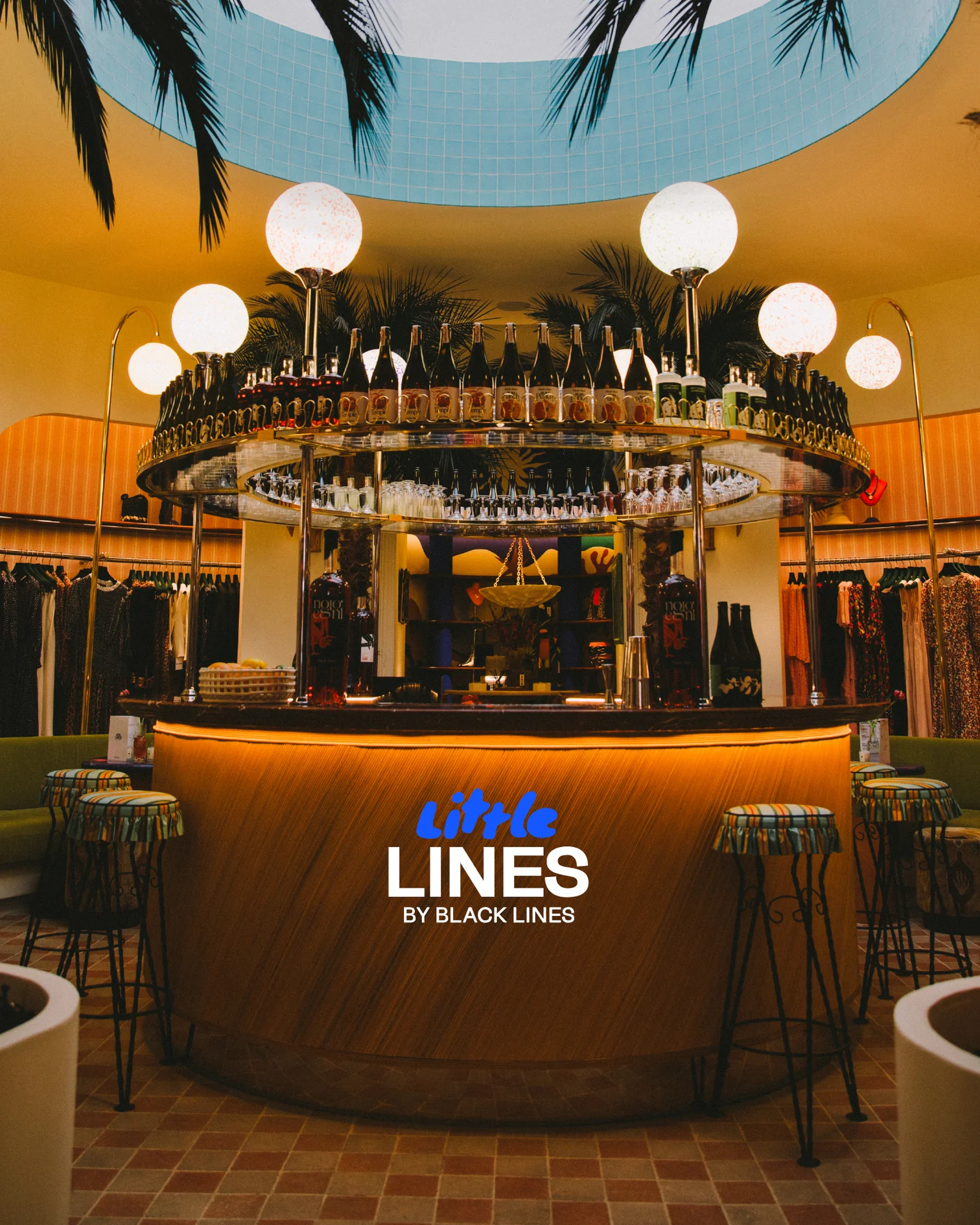RTDs have historically been a ‘lower value’ proposition, with convenience the key driver for drinkers. Whilst the category has boomed and evolved well beyond its original remit, it is now so diverse and fragmented that it feels oversaturated and hard to navigate for people. This article looks at key trends in the category, at how both incumbents and new entrants are responding, and ultimately how different premiumisation strategies can drive differentiation and success in the future.

Simple, Versatile and Varied – What’s Not to Like
Hard Seltzers. Canned Cocktails. Flavoured Malt Beverages. Hard Teas. The list of options keeps growing, with the popularity of RTDs in its many guises getting ever broader, and it’s easy to see why.
There are key characteristics across all RTD options that make them so successful. The format makes them versatile across occasions and energies – offering on-the-go, at-home and, increasingly, on-trade accessibility.
And this convenience also extends to the flavour propositions, which are traditionally simple and easy to enjoy – a mixer & spirit base (G&T), sometimes a mixer and a specific spirit brand (Jack Daniel’s & cola), or a single hero ingredient or flavour (Mike’s Hard Lemonade / White Claw Black Cherry).
They naturally offer variety, trial and enable low-risk, low-cost exploration (often via multipacks) with myriad viable alternatives to traditional options, as men and women have been switching to seltzers from beer and wine respectively.2
In 2023, RTDs were the only major TBA category to record volume growth (+2%) as well as a strong +6% uptick in value in the US – and are projected to rise further to reach a value of US$21.1bn by 2027.3
Undifferentiated, Cluttered and Plateauing
Whilst the category has boomed, it’s also become quite saturated, making it harder for new entrants to thrive. Brands who rode the RTD boom in the mid- late-2010s now have a stranglehold – after entering the hard seltzer market in 2016, White Claw now holds over 50% U.S. market share.4
Cross-conglomerate collaborations are leveraging the power of two brands in one product (Absolut x Sprite; Captain Morgan’s x Pepsi), unleashing the kind of corporate investment and brand power that NTW brands or independent distillers simply can’t muster.
That said, it’s becoming increasingly difficult to thrive in a crowded category, and even White Claw has not achieved the same success as it has in the US across other markets.
At the same time, it’s becoming hard for drinkers to make sense of the immense choice they are faced with when they walk into an off-license, liquor store or supermarket. So many cans, so many colours, so many ingredients, so much ‘stuff’…it’s all very overwhelming.
Promoting Premium Over Proliferation
So, after the boom years of the 2010s and early 2020s, there is now an opportunity for incumbents and new entrants alike to take a more considered approach.
To cut through the noise, not add to it. For a category traditionally rooted in widespread affordability and convenience, the move to higher priced options may feel counterintuitive. This is also rooted in the fact that RTDs have often traditionally been conceived of, and thought about, as stealing share from beer as opposed to from premium spirits.
And yet across industry studies and throughout our own project work, we consistently hear that people are looking for quality over quantity in drinks.5 More than just being about people drinking less, we’re finding that people are drinking better in part due to an increased focus on making healthy choices and being more mindful. But also people feel they deserve to drink better… and, in drinking less often, they can afford to trade up for better and nicer drinks.
This is especially true of generation(s) of younger drinkers, often health and value conscious, who make up the backbone of the RTD consumer audience.
There are three key levers which we feel tap into what these new drinkers are seeking from drinks and crucially socialising more broadly, all of which add a sense of specialness to the occasion and justify a premium price point:
- Storytelling around flavour – allow me to explore
- Taking inspiration from cocktail culture – light up my sense
- Breaking into the on-trade – provide a reason to connect
1. An emphasis on flavour storytelling
Beyond just ‘more flavour combinations’ there is an opportunity in creating flavour profiles and experiences with a clear link to provenance and a sense of place. One-note flavours will not be enough to justify a higher price point, but equally too much novelty isn’t going to cut through either – our drinkers are interested in clear and compelling stories that speak to their desire for exploration.
Category leaders White Claw are already beginning to tap into this space with their 2024 release of the Tequila Smash range, (priced at $19.99 for an 8 can variety pack vs. $22.99 for a 12 can variety pack of their standard Hard Seltzers).
The range offers evolved flavour stories (e.g. Strawberry guava – a native Mexican plant used in drinks such as aguas frescas, with the rich strawberry flavour pairing well with tequila’s roasted agave notes), demonstrating ingredient stories that offer not just the promise of quality, but an authenticity and connection to place.

2. Taking inspiration from cocktail culture
While consumers look to the on-trade to explore new spirits and serves, in an era marked by cost-of-living concerns, canned cocktails are evolving to offer the same sense of guided exploration at a more competitive price.
Brands like Whitebox, Cutwater and Moth are demonstrating that there is consumer demand for more sophisticated RTD cocktail-inspired flavours at a higher price point than their hard seltzer peers.
The RTD category has rapidly grown in the UK via canned cocktails especially – with some calling this Ready to Serve to reflect the heightened or elevated nature of the proposition demonstrating consumers are ready for exploration combined with the convenience of the format, whilst moving beyond just convenience into new taste experiences.
A key recurring theme we hear and see people engage with is ‘sensoriality’, a desire not just to learn about the new, but to experience it viscerally. This new generation of RTS proposition is uniquely placed to deliver this, in an easy, accessible yet exciting way.

3. Breaking into the on-trade
Again, though perhaps counter-intuitive, breaking into the on-trade with RTD can provide a way to explore different taste sensations without the constraints of ingredient availability or indeed the requisite bartender skills…data shows 39% of consumers bought RTDs in the on-trade in 2023, demonstrating their increasing presence in the channel.8
But there’s scope for further growth. In the UK, Black Lines created their own RTD-exclusive bar in 2023, whilst Dram whisky bar on Denmark Street has its own RTD vending machine. Both of these are ‘small batch’ but provide a strong signal for the opportunities for the broader industry.
In the quest for premiumisation, cracking the on-trade and positioning these new drinks experiences within a social setting is key. Creating rituals around the format or the serve (and bringing people together around them) speaks to the renewed emphasis being placed on the value of connection, and speaks directly to this new generation of drinkers’ desire for shared experiences.

What next…
As the category matures, there is a need to provide this younger generation with a compelling proposition that goes beyond convenience and ease, or even accessibility in the conventional sense. There is a strong case for clearly substantiated premiumisation strategies as a means to doing this in a way to feels relevant.
And in doing so, let’s remember that our drinkers – current and future – care most about the experiences we deliver, not the way we categorise them or label them.
The thing that unites them is that they are all ready-to-drink. Surely that’s worth paying a bit more for.
References
- https://hardseltzernews.com/2020/11/16/rtds-explode-in-2020/
- https://www.theiwsr.com/how-is-the-rtd-landscape-shifting/
- https://www.theiwsr.com/why-is-it-so-hard-for-rtd-brands-to-find-global-success/; https://www.theiwsr.com/growth-drivers-for-the-us-ready-to-drink-rtd-market-shift-as-malt-based-hard-seltzers-reach-saturation/
- https://broadsign.com/blog/white-claws-programmatic-digital-out-of-home-campaign-drives-74-lift-in-purchase-consideration-for-new-vodka-launch/#:~:text=Following%20its%20major%20growth%20after,market%20share%20in%20the%20category
- https://www.provi.com/blog/gen-z-is-drinking-less-but-theyre-drinking-better-how-is-the-beverage-industry-evolving-to-cater-to-their-needs
- https://sporked.com/article/new-white-claw-tequila-review/
- Whitebox Single Serve Classic Cocktails: Squeezy's Margarita, Case of 6, Classic Full Strength Margarita, Pre-mixed, Ready to Serve Cocktails : Amazon.co.uk: Grocery
- https://www.thespiritsbusiness.com/2023/11/rtds-to-hit-21-1bn-in-us/
- https://blacklinesdrinks.com/



